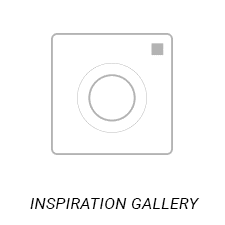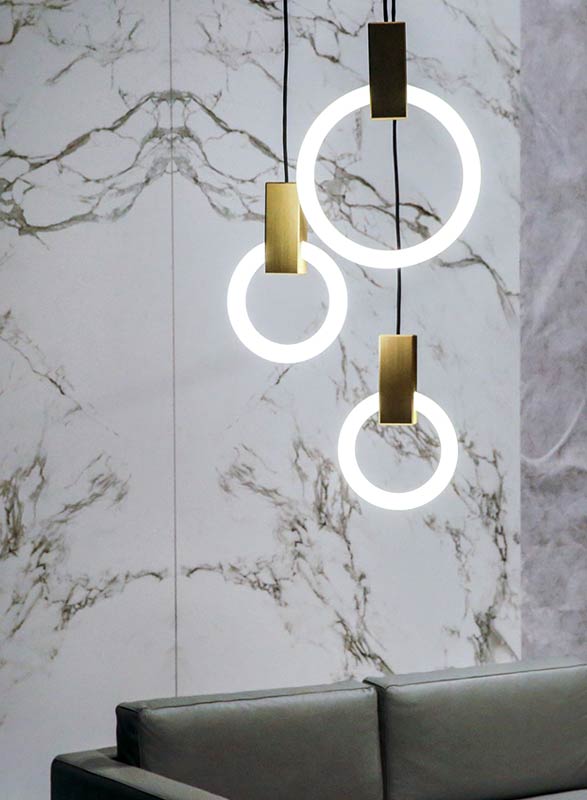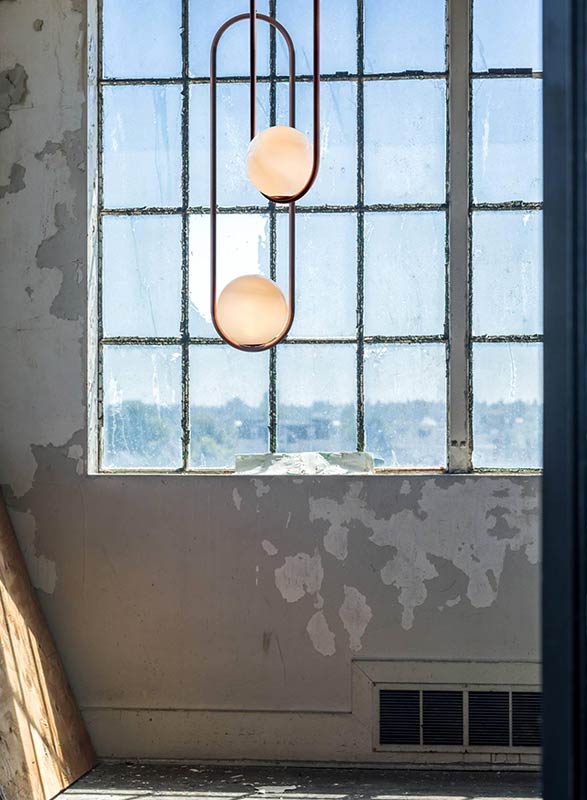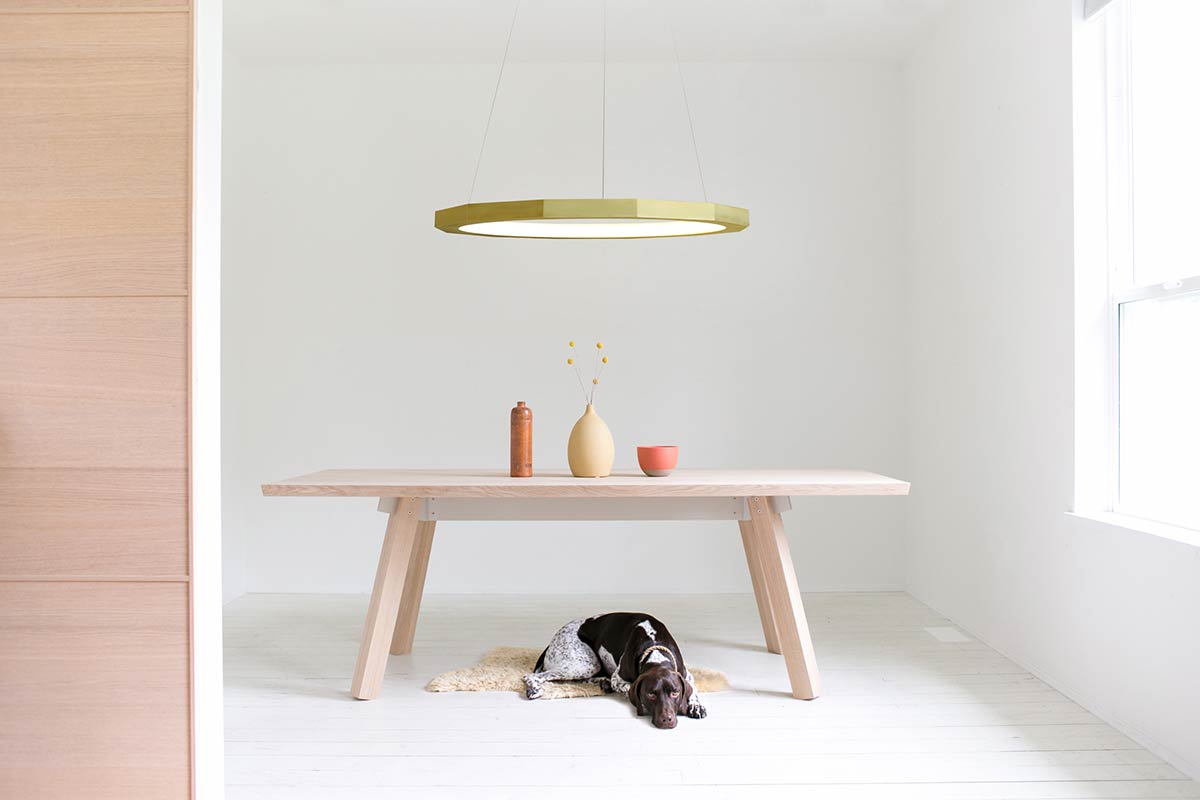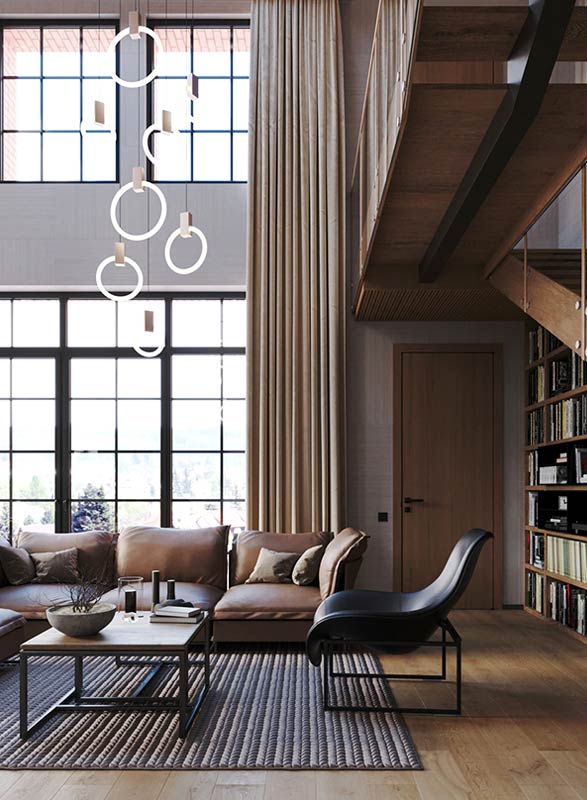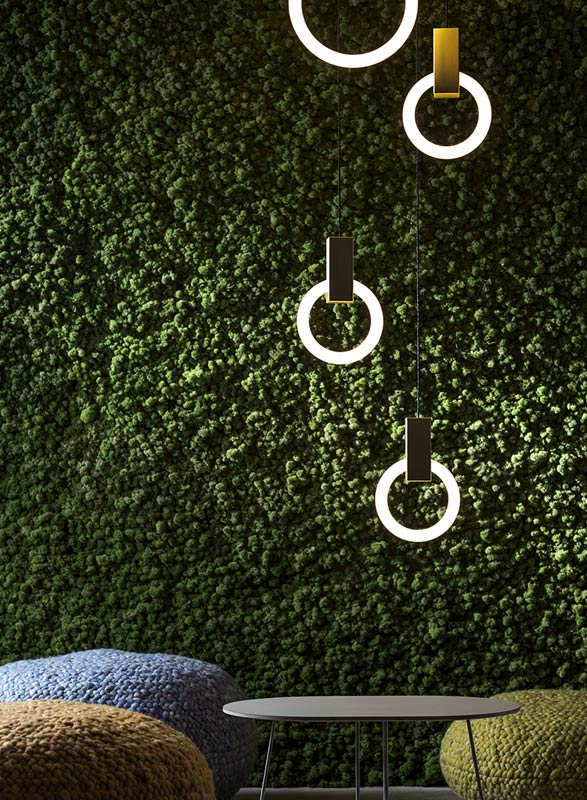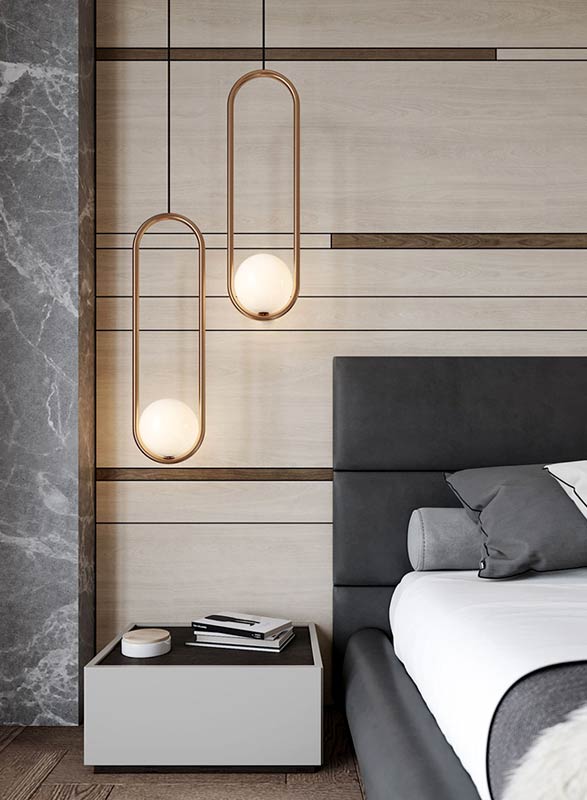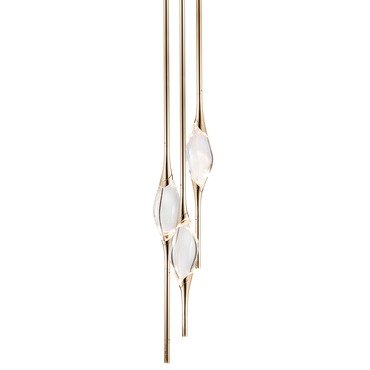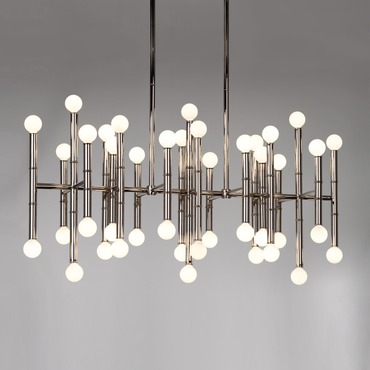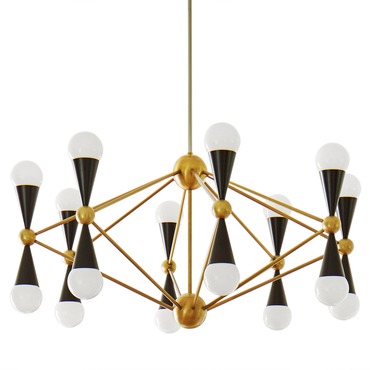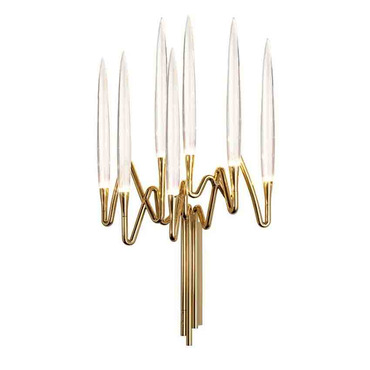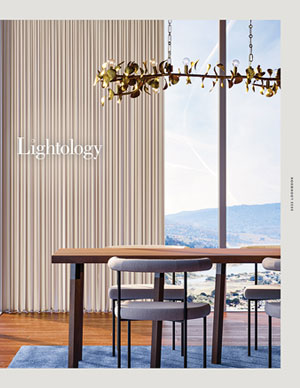- Showroom
- Design Services
- Support Center
- |(866) 954-4489
-
0
Your CartOrder Subtotal0.00
- 0
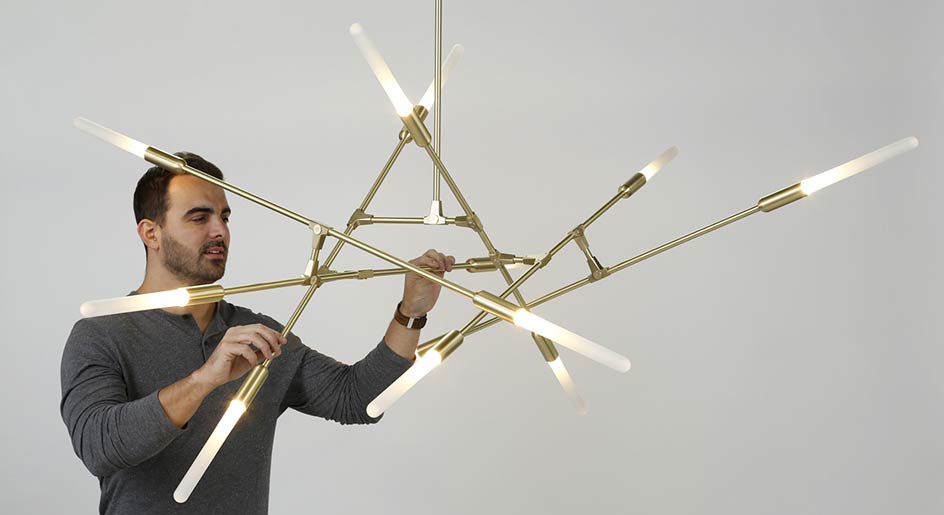
July 25, 2018
Q&A with Lighting Designer Matthew McCormick
Minimalism isn’t as easy as it looks. When a design is unembellished, every detail becomes that much more important: The proportions, the materials, the shape, the weight. On top of that, the design needs to be something that resonates, inspires, breaks new ground. For designer Matthew McCormick, creating minimalist fixtures with maximal impact seems to come natural. Whether creating something custom for a client or dreaming up a new pendant, each and every fixture he creates in his Vancouver-based studio garners critical acclaim, and his designs are quickly filling the pages of Architectural Digest, Elle Decor, and Azure, while gracing homes and businesses around the world.
We caught up with Matthew to chat lighting, inspiration and Canada’s emerging design movement.
You grew up drawing and drafting, eventually making your way to the corporate world before launching your own Studio - how did those experiences from your past influence what you do today?
I used to work in advertising as a graphic designer, and in that role you have to be able to come up with a vision and articulate it - to the creative team, the digital team, the executive team and so on. Ideating, organizing and articulating my thoughts really helped me create the studio you see today. Where I might have been writing a creative brief or drafting a print ad, now I’m meeting with a client to get their perspective and drafting moodboards; there’s a lot of overlap when it comes to managing a project, no matter what it is.
You’ve described your works as “illuminating space with art” - how do you balance an aesthetic you’re trying to achieve with technical limitations?
I’m very left brain / right brain, in that I have deep experience in both the technical and artistic side. It’s nice to draw pretty pictures, but understanding how a design will illuminate a space, how the product will be packaged, maintained, wired, installed ... having that knowledge upfront allows me to design with a lot more foresight. Of course there are limitations, and when I do run into something that doesn’t exist, that’s when the fun begins. In some cases, I’ll create something from scratch to solve another purpose, like a small piece or a special wire. The challenge of bringing a dream to reality is one of my favorite parts of the job.
Many of your pieces celebrate geometry and simplicity - Mila and Halo, for example - what inspired your overall aesthetic?
Often times I get asked that question, and to be honest most of my inspiration doesn’t come from lighting at all. I think with any designer or artist, you walk around with a different lens on. You’re always seeking inspiration, and sometimes it just finds you. That said, I’ve always idolized Ingo Maurer. His products feel like they’re made from parts around your home, but it’s his artistic merit and genius that puts it all together. I do also have a thing for eclectic minimalism and brutalism. There’s something geometric and chunky and raw and edgy that I really like.
I think with any designer or artist, you walk around with a different lens on.
You have an incredible portfolio of projects, from EA Sports and Rossana Orlandi to high-end residences in Vancouver and beyond - how do you approach new projects?
It really varies from project to project. I’m fortunate enough to have built some notoriety now, and there are some projects where I have total carte blanche to run with things. In other instances, clients come to me with pieces they want to tailor for their space - from special finishes to unique sizes - it’s part of our made-to-measure program. Those projects have a few more parameters, but the clients still want me to put my thumbprint on things. No matter what I’m working on, it all boils down to taking a humble approach. As a designer, it’s important to sit down with someone and listen; not push your own agenda, but truly listen. In the end, I’m helping articulate a vision for someone else, and that’s where the magic is. The things I get most jazzed about are when people come to us with ideas for our products - an oversized multi-tier suspension or a long, linear installation that I never would have dreamed of. It’s seeing other people’s creative visions in tandem with my work that really gets me excited. And when all is said and done, the best creative compliment is when someone says “this works perfectly in this space!” It assures you that you’ve listened to what they wanted.
Many countries carry distinct design voices - Scandinavian simplicity or New Zealand eco-consciousness, for example. Are there unifying themes you notice from Canadian designers?
Thinking globally, people look to Europe as being sort of the mecca for design and the current state of affairs. There’s such a deep history in art and culture and design, it influences the global visual lexicon. Countries like Canada are so young, that there’s this sort of pioneer spirit. We don’t ascribe to one aesthetic, we’re experimenting and approaching things with a truly blank canvas. What unites Canadian designers isn’t necessarily an aesthetic, but a sort of grassroots, blaze your own path approach that’s leading to some incredibly fresh, unique designs.
Countries like Canada are so young, that there’s this sort of pioneer spirit.
With a critically acclaimed portfolio under your belt, what’s on the horizon? Any design ideas you’re willing to share?
For us, it’s a variety of things. We’re evolving and polishing our current product line, to help make things more streamlined and more efficient. We’re also working hard to go to Euroluce this year, currently in the development phase with entirely new product. And to be honest, the retail world is new to us. We’ve only just begun tiptoeing into that realm We don’t have to work with anyone, we get to work with people, and that’s been a great dynamic, partnering with other industry experts to bring our products to a wider market. We’re thrilled to be on this new journey; it’s that pioneer spirit brought to life.




